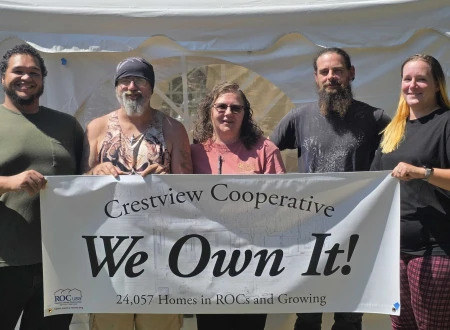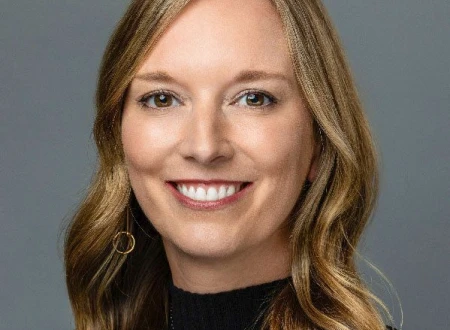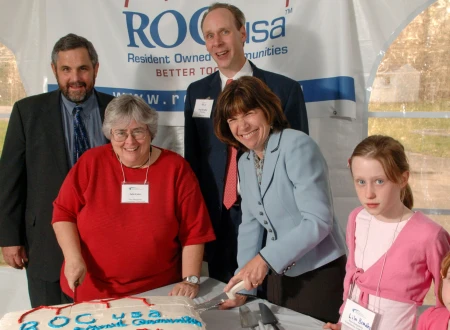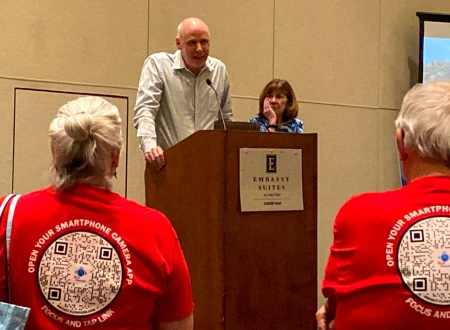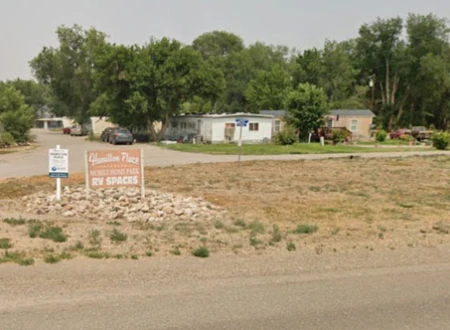Bipartisan Provision Could Improve Safety and Everyday Life in Manufactured Home Communities
This week, the U.S. House of Representatives tackles President Joe Biden’s proposed $3.5 trillion infrastructure package. While Republicans and Democrats try to decide what stays in and what’s thrown out, a little-noticed provision offers one bipartisan solution to the nation’s continuing housing affordability crisis. Here’s how.
Buying a house in a manufactured home community (often still outdatedly called “mobile home park”) is one of the best opportunities for many Americans to afford their own homes. But most of the residents in these communities face big challenges. That’s because there’s a catch: The residents may own their homes but typically they are only renting the ground on which those homes sit.
The risks the situation presents to the homeowners are real. Most of them live in commercially owned parks. That means they can face sudden and excessive site fee increases. As a result of having no control over the neighborhoods’ conditions, many must deal with health and safety infrastructure that has been long neglected. And even though they may own their homes, they can be abruptly displaced by investors who change the use of the properties.
The fact is manufactured home communities increasingly have attracted aggressive investors — especially private equity firms – who take advantage of the immobility of these homes by dramatically increasing site fees and ignoring the conditions of the neighborhood, including roads, water, electric, and waste-water systems. The situation creates vulnerabilities for millions of lower income, working families and retirees on fixed incomes.
There’s a solution. It’s called “resident owned communities.” That’s when the residents of manufactured home communities come together to form a cooperative corporation, purchase the land their neighborhood sits on, and take control of their homes and community together. Resident owned communities, or “ROCs,” represent a model that brings together ownership of the home and the land for homeowners that is benefitting them across the U.S. The limited-equity co-op model we use was pioneered in manufactured home communities in the 1980s by the New Hampshire Community Loan Fund. Because of its success, we spun off ROC USA® in 2008 to take that work nationwide.
But back to the problem: In commercially owned communities, the owners control the site fee (sometimes called “lot rent”) and community rules. They have complete control over the condition of the community – including roads, water, electric, waste-water systems, and landscaping. Each time the community is sold to a new owner, the rent is likely to increase. Basically, the operating theory is “like it or leave it,” as in if you don’t like how the neighborhood is being managed, you can always move your home. But “mobile” homes these days aren’t, in fact, very mobile. Many could not withstand the move. And alternative lots that are affordable are hard to find. If you live in a community without protection from skyrocketing rent or even closure, you could indeed be at risk to lose your home entirely.
In ROCs, Members can run for a position on the Board of Directors and make improvements from inside the organization. Everyone has a say in the way the ROC is run. Major decisions are made by democratic vote. Members appoint committees to carry out various tasks and manage the day-to-day operations of the organization.
Today, roughly 1,000 manufactured home communities, or only 2 percent of the 44,000 nationwide, are resident-owned. But organizers consider ROCs to be a growing grassroots movement that is timely, especially given the rising dialogue in Washington, state capitals and municipalities over both housing affordability and infrastructure needs.
Housing is infrastructure because housing has infrastructure. This is especially true for homes in manufactured home communities, where too often standards for water and wastewater basics have been ignored.
Legislative action is needed. The infrastructure package now being considered by the House contains provisions specific to ROCs. The bill calls for a $500 million manufactured homes infrastructure improvement grant program at HUD. If passed, it would help bring significant infrastructure improvements to ROCs – and a promise of better living conditions and affordability to thousands of Americans.
Manufactured homes today are part of the national priority for creating the availability and affordability of housing. Those homeowners’ control of their neighborhood conditions is good for the broader municipalities in which they live. Cities, towns, and counties are improved when they have well-managed, resident-owned communities next door.
-Paul Bradley, President, ROC USA®

